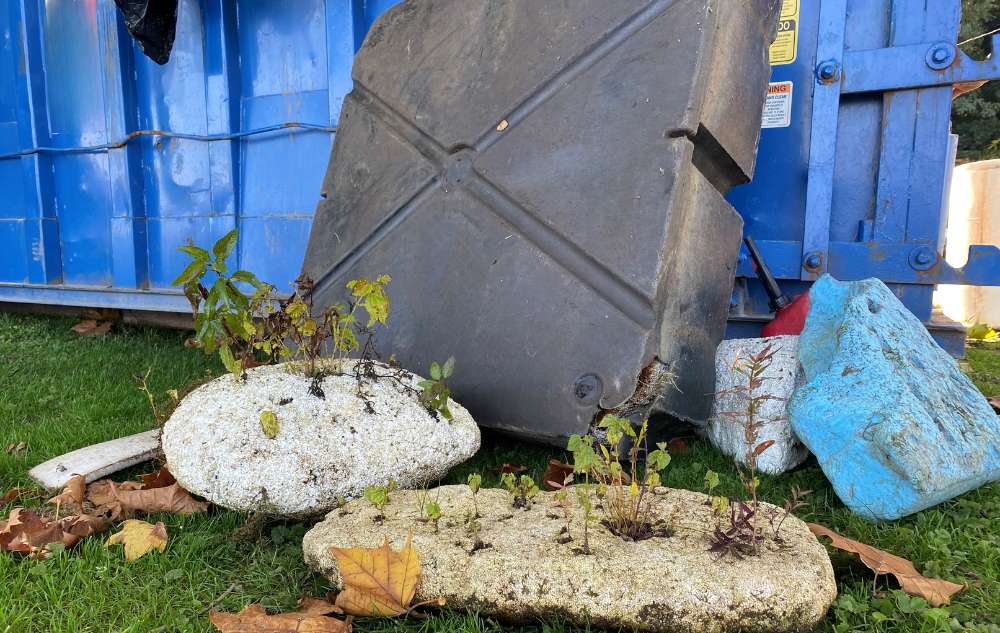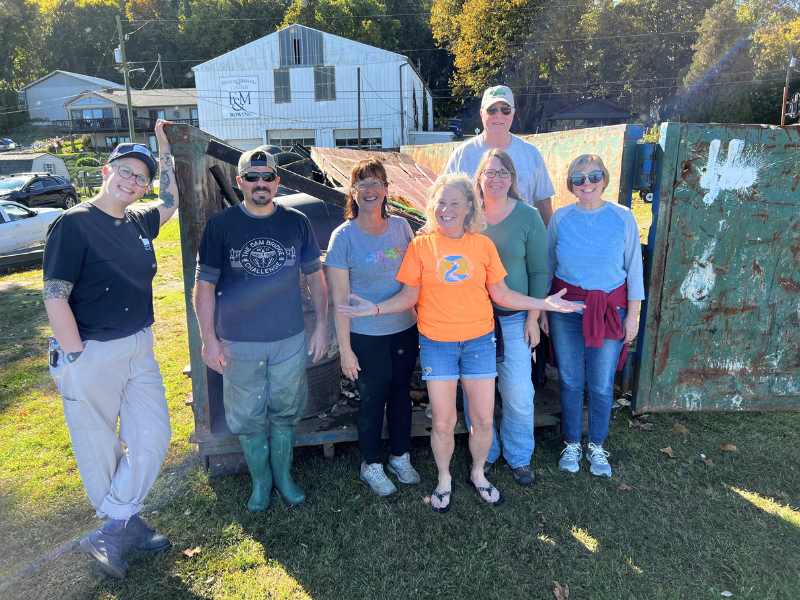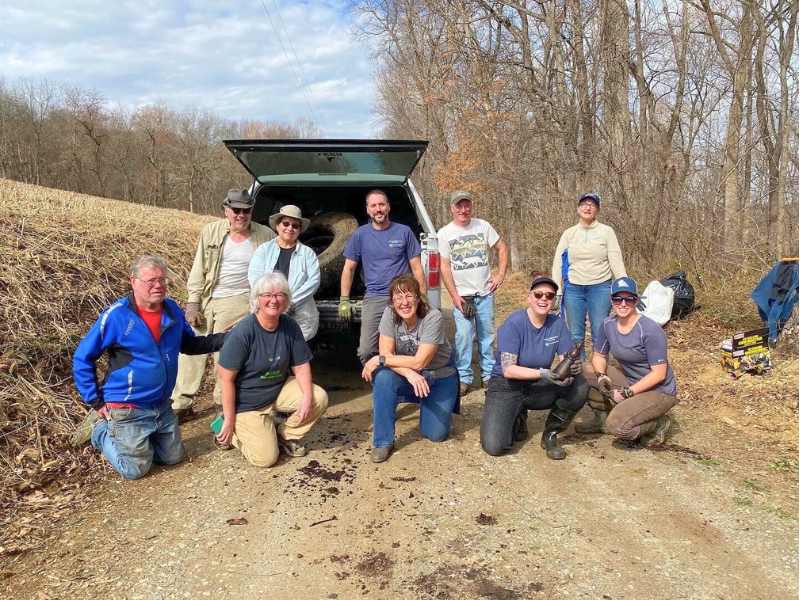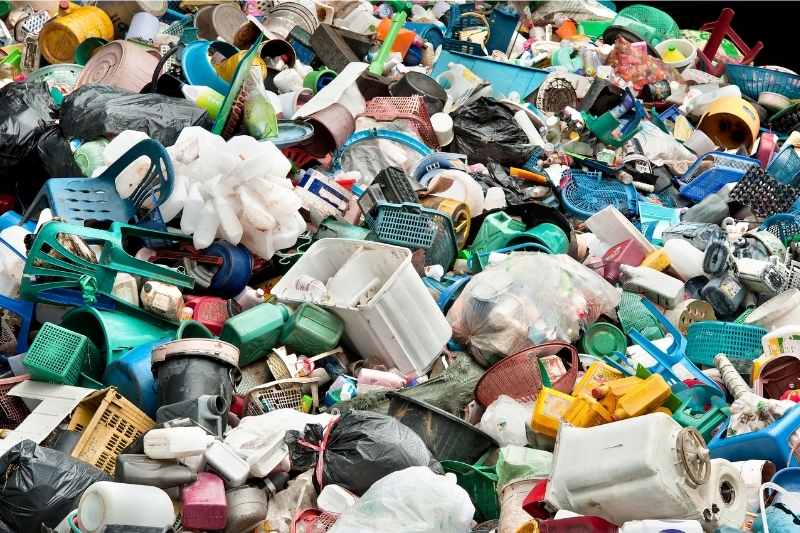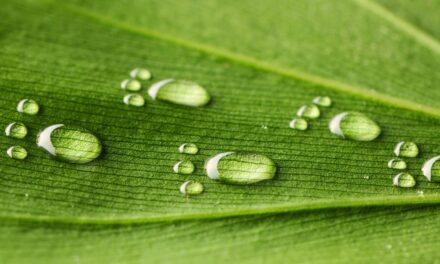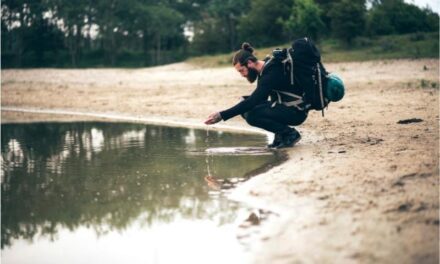An Expert’s Assessment of Waterways and Real-World Solutions to Our Municipal Plastic Problem
One Planet Life had a candid conversation with Rachel Stahlman, president of the Watershed Alliance of York (WAY) and York Countywide Action Plan Coordinator, about the challenges facing municipal and city water systems in the era of plastic pollution.
Q: How did you get involved as the York Countywide Action Plan Coordinator and with Watershed Alliance of York (WAY)?
A: The way that this whole position came about was that the state of Pennsylvania is part of the Chesapeake Bay Watershed. The EPA told all the Bay states that they have to clean up a certain amount of pollution: sediment, nitrogen, and phosphorus. So DEP, which is the Department of Environmental Protection for PA, got funding for counties in the state – the biggest polluter counties – to write countywide action plans to reduce a certain amount of nitrogen pollution.
Rachel Stahlman, president of the Watershed Alliance of York (WAY) and York Countywide Action Plan Coordinator. CREDIT: Courtesy Rachel Stahlman
The plan that I was hired to implement is to reduce 4 million pounds of nitrogen from our waterways by 2025.
I use Watershed Alliance of York as the public-facing entity to implement this plan, but we have seven committees. I get grants for projects, and then we do the outreach and get to know the public and educate them. You can’t really just be like, I have this plan, and I want to tell you about it. You have to do other things.
Q: How did you get involved as the York Countywide Action Plan Coordinator and with Watershed Alliance of York (WAY)?
A: The way that this whole position came about was that the state of Pennsylvania is part of the Chesapeake Bay Watershed. The EPA told all the Bay states that they have to clean up a certain amount of pollution: sediment, nitrogen, and phosphorus. So DEP, which is the Department of Environmental Protection for PA, got funding for counties in the state – the biggest polluter counties – to write countywide action plans to reduce a certain amount of nitrogen pollution.
The plan that I was hired to implement is to reduce 4 million pounds of nitrogen from our waterways by 2025. I use Watershed Alliance of York as the public-facing entity to implement this plan, but we have seven committees. I get grants for projects and then we do the outreach and get to know the public and educate them. You can’t really just be like, I have this plan and I want to tell you about it. You have to do other things.
We go into schools and educate them about what watersheds are and the different ways that we impact them. We have events. In September, we have a week-long event called Watershed Week, and it’s really educational. It’s all focused on that plan, which is essentially that clean water is a right for everybody.
Q: What are the primary sources of plastic pollution that can impact city/municipal drinking water supplies?
A: Mainly, the biggest is probably single-use. It’s single-use coupled with our own waste of things. When we throw things away, they go to a landfill. All of the things that we consume and use, other than single-use are tied to plastic – that is also part of the issue.
Q: How prevalent is plastic pollution in city/municipal drinking water supplies, and is it a growing concern?
A: When you think of plastic pollution, it’s kind of like an umbrella because there are new buzzwords and more research coming out. When I think of plastic pollution, the first thing that I think of is when you see a water bottle on the ground, or you see something made of plastic discarded as litter.
Our drinking water supplies in York County [Pennsylvania] are Lake Redman and Lake Williams, and the Susquehanna River is the backup if there would be an extreme drought. Both of those are open reservoirs. People kayak there, people use that area, people hike there. You can probably assume that there’s likely trash and pollution in that area. You might make an assumption that that could be in the reservoirs to some degree. Is it in the Susquehanna River? 100%.
I haven’t personally done a cleanup of Lake Williams or Lake Redman here in York County because they are known to be more of a pristine type of area. But we definitely do cleanups on the Susquehanna River. There have been hundreds of tons of trash at this point that we’ve removed, and most of that is single-use plastic, as well as tires, machinery, and stuff like that. So yes, I think that it is a threat because we can see that it’s there.
But then you have new buzzwords and new research coming about like microplastics and PFAS. Both of those are in the research stage right now, meaning there are no regulations around microplastics or PFAS, whether it be the discarding of them from industry or the treatment of it. It’s not something that water is treated for. Microplastics, at least from what the research says, is from degraded single-use plastics. Waterkeeper Alliance recently did a study of around 115 waterways that they sampled, and I believe it was somewhere between 80 and 85% of those waterways had microplastics/PFAS in them. The concern is now growing at a rate that I haven’t really seen before.
Q: What are the key challenges faced by municipalities in addressing plastic pollution in drinking water?
A: We’re recognizing the issue and trying to come up with the solution, but it’s typically a long road to get to the solution in the policy and regulatory realm.
If you think of it as plastic pollution and the litter that you can see, the issues that municipalities are facing come down to education and how people are discarding their waste. Not only discarding but also our intake of it and how much we use it for convenience.
Now I don’t really think that it’s the municipalities’ place or responsibility to address all those types of issues. But there are things like recycling services and ordinances for trash. Imposing those, where it’s proper, could help.
There are also a lot of groups that are doing cleanups. If you put power in people’s hands, things tend to work out. In a perfect world, if municipalities were able to do more outreach and organize community cleanups and whatnot, it could really help in the long run with the litter, bettering the landscape, and ultimately keeping that out of our waterways. If it’s just lying in the street, it’s eventually going to end up in one of our waterways.
Q: How does plastic pollution in our waterways affect the environment, aquatic life, and ecosystems?
A: Well, I can say it’s not good. I’m sure you’ve seen pictures of birds stuck in plastic bags or the decaying animal with plastic and their gut. It is negatively impacting the environment, aquatic life, and ecosystems. But at the same time, having picked up so much trash, I see that nature persists. She always finds a way. I have found interesting things like plants growing out of styrofoam. I never really thought that would be a thing I would see but that styrofoam must have been in the Susquehanna River for a really long time and now these aquatic plants are growing in it.
Q: Are there any specific regulations or guidelines in place to address plastic pollution in city/municipal drinking water?
A: It does seem like there are going to be changes in the near future when it comes to policy and regulations. PFAS are what is going to be tackled first, I think. If there are regulations on PFAS, there could be a trickle-down effect eventually to some sort of single-use policy. The only ones out there that exist are plastic bag bans and straws, stuff like that. I’m not sure if that’s the answer. With political conversations and policy conversations, when it comes to buzzwords like climate change, I think those policies and regulations will have an effect on plastics.
The Borough has been very supportive because they don’t have to do it. There are certain people in the council there that don’t move quickly and don’t like change. So I kind of had to push it, but the people that were on my side from the beginning were very supportive.
My advice to anybody starting or looking to create a successful market is to put out little fires before they become big fires and to work together. Everybody wants to make money, everybody wants to have success. I think you have to keep that in mind, common goals.
Q: What are some innovative approaches or technologies being explored to mitigate plastic pollution in drinking water?
A: For plastic pollution removal, [The Ocean Cleanup, non-profit] that did the whole clean up of garbage patches – those guys were the inspiration for a lot of, what I would call normal-thinking people, to question and get involved. Most people who come to me and find WAY, they just want to do something good and feel good when they’re done. They want to help. A lot of them heard of [The Ocean Cleanup] first, so kudos to them. Big efforts in bigger places have inspired people locally, which is kind of backward when you think about it. It’s usually the other way around.
But then we have this guy who is also inspiring people locally. His name is John Naylor, John has this incredible story. He works for a Starbucks roasting plant, and he was just so disturbed that 1,000 single-use water bottles fit on one truckload, and multiple can leave a Starbucks Plant each day. This was breaking this man’s mind. So, he set out to pick up 1,000 single-use plastics from the Susquehanna River. He has this little boat called the Susquehanna Retriever. He’s just a charismatic, outgoing individual. He’s not afraid to talk to people and tell them what he’s doing. His 1000 goal has now just blown out of proportion. He’s basically a local legend. We have the Lower Susquehanna Riverkeeper Association, one of our biggest partners. Naylor’s now on their board. A guy who got mad at work and wanted to do something about it has impacted so many people locally to just pick up some trash. He has found himself in a place to inspire people.
Now that is for plastic removal. But if there are microplastics everywhere in our waters, then this new idea might help, which is biochar, activated charcoal. There’s a lot of research being done on how that can be coupled with other best management practices to help with the filtration of water and keeping pollutants out of the groundwater. So that’s a tiny little glimmer of hope.
Q: Can you share any success stories or best practices from cities/municipalities that have effectively tackled plastic pollution in their drinking water systems?
A: Last year was the 50th anniversary of the Clean Water Act. I’m kind of known, in my little circle of people that I work with, to be this crazy person with these crazy ideas.
We were cleaning up an illegal dump in March last year, and I was like, ‘Oh my god, wouldn’t it be cool if we picked up 50 tons of trash this year?’ They thought I was crazy. So I said, ‘Okay, how about 50,000 pounds?’ They still thought I was crazy, but we did it – 56,840 pounds of trash. It’s a lot. I didn’t think we could, but I’m telling you, it’s out there, beneath the surface of our waterways.
The Codorus Creek in York County is channelized through the city. Historically, it’s been called the ‘inky stinky’ because there has been a lot of industry polluting it over history. That’s typically where we do our cleanups in the summer. Two years ago, we took 100 tires out if it, and that was just a couple of yards worth of walking and picking trash out of the water. This morning, I saw an Osprey. So, is that Osprey happy? Is his belly plastic-free? I don’t know. But he’s there. There are a pair of bald eagles that I see. Seeing wildlife in an urban landscape – it might be bad but they’re still there. So it can’t be that bad.
Q: What roles do public awareness and education play in addressing the issue of plastic pollution in drinking water and natural ecosystems?
A: That saying we heard when we were little kids, ‘Think global, act local,’ that is what it’s all about. It has to be local. You have to start from the bottom up with any of this, definitely education. Education is key. Empowering people is key.
If you don’t have a good outlook on things, then you’re not ever going to know these things. You’re not going to find a group that you can be involved with or feel like you’re making a change. But right now, there’s the most momentum that I’ve ever noticed. I’ve always been passionate about these things, even when I was a kid. I have been paying attention and can feel the momentum is greater now than it’s ever been. There are so many people working on these issues. There are so many people that want clean water for all. You can’t help but feel a little bit hopeful.
Q: What policy recommendations or actions do you suggest to reduce plastic pollution in city/municipal drinking water systems?
A: Things have come a really long way since the signing of the Clean Water Act. There aren’t streams on fire or anything like that. But we have also come a really long way since then, as a society and as humans. We’re different now than we were 50 years ago. So we have to think a little bit differently, react sooner, and be a little bit more open to what the reality actually is.

Written by Carley Kimball
Freelance Journalist and OPL Content Contributor
“I’ve always tried to implement planet-friendly practices in my life but didn’t quite realize just how much of an impact individuals can make until I was introduced to One Planet Life. I’m so excited to be able to utilize my professional skills to contribute valuable information and positive personal experiences to help make the world a better place.”

